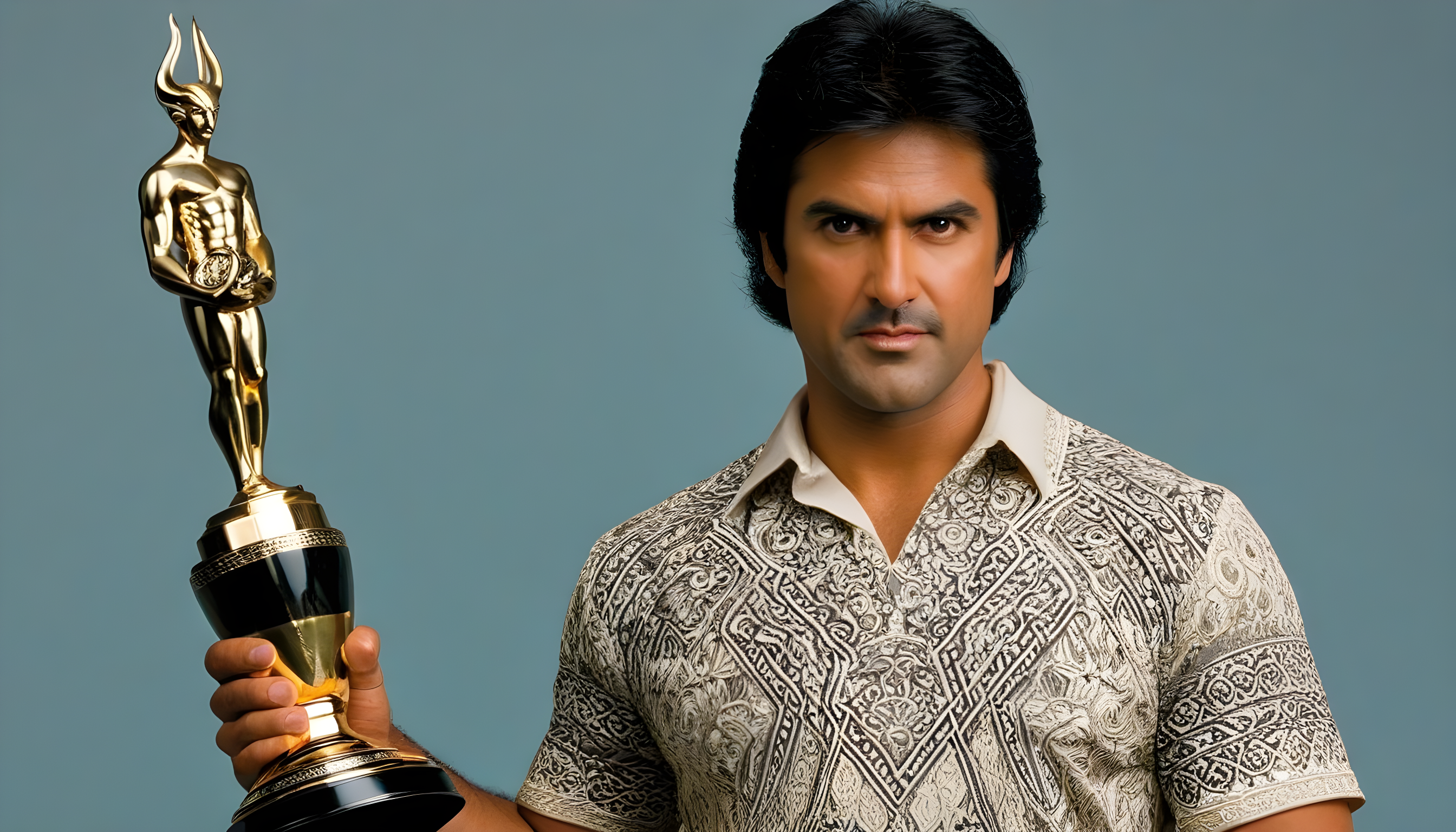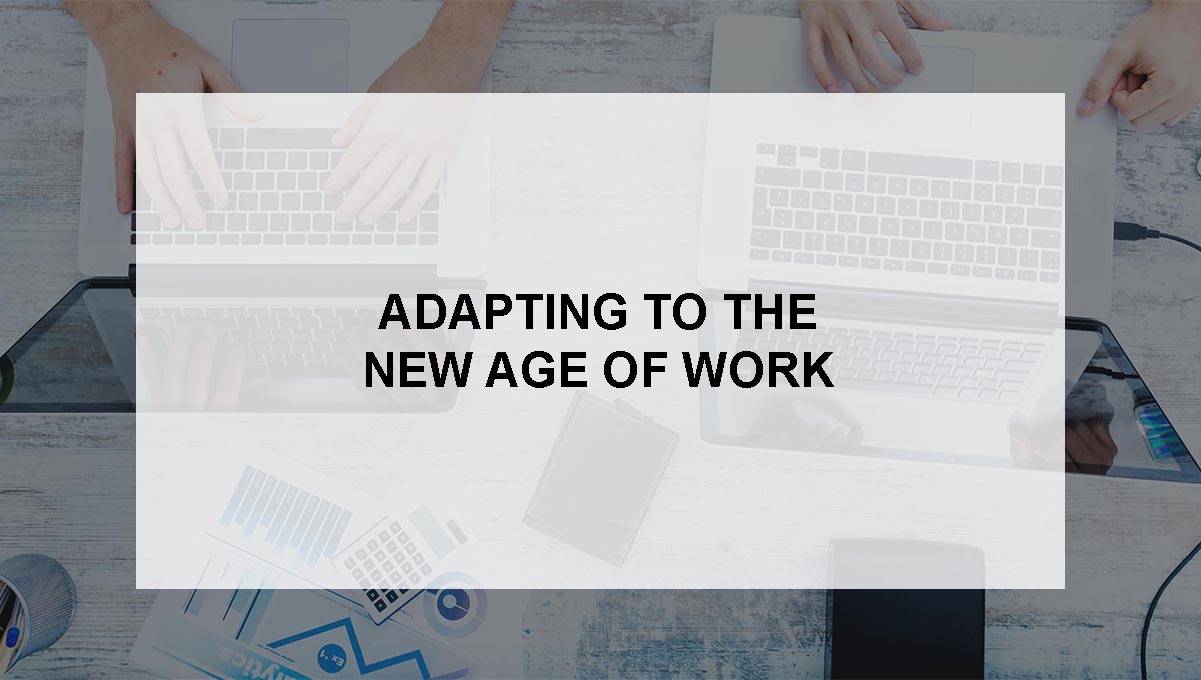
A Framework for Meaningful Organisational Change
August 8th, 2025 Posted by Cillín Hearns Leadership Coaching, Leadership Tools, Performance Coaching 0 thoughts on “A Framework for Meaningful Organisational Change”It would be no surprise to anyone that organisations have gone through and continue to go through significant amounts of change; and although change is inevitable, it is not always effective. Leaders often focus on surface-level adjustments like processes or policies, only to find that deeper issues persist. That’s where Robert Dilts’ Logical Levels of Change offers a powerful lens. Originally developed within the field of Neuro-Linguistic Programming (NLP), this model provides a structured way to understand human behavior and transformation. When applied to organisations, it becomes a strategic tool for diagnosing challenges, aligning teams, and driving sustainable change.
So what are the Logical Levels?
Dilts’ model outlines six levels of human experience and change, each influencing the ones below it. These levels are:

The key insight here is that change at a higher level cascades downward, while change at a lower level rarely affects the levels above. For example, improving a team’s skills (Capabilities) won’t stick if their core beliefs about collaboration (Beliefs & Values) are misaligned.
Organisations, like individuals, operate across these levels. Let’s explore how each level manifests in a business context — and how leaders can use this framework to drive transformation.
1. Environment: The Context for Change
The Environment level includes market conditions, office layout, technology, and team structures. While easy to modify, environmental changes often fail to produce lasting impact unless deeper levels are addressed. As an example that many people might be able to relate to, moving to a hybrid work model may improve flexibility, but if employees don’t feel trusted (Beliefs), productivity may still suffer.
2. Behavior: What People Do
Behavioral change is often the focus of performance management — tracking KPIs, enforcing policies, or encouraging new habits. But behavior is a symptom, not a root cause. The same is true for those ‘below the line’ behaviours. We have to ask, What beliefs or identity-level issues might be driving that resistance?
3. Capabilities: Skills and Strategies
Training programs and coaching often target this level. While essential, capability-building must be aligned with values and identity to be effective. For example, teaching conflict resolution skills won’t help if the team believes that speaking up leads to punishment. This is why, when working with a team, I always start with understanding and resolving any trust issues because if a team is to perform at the highest level they must be able to talk and share ideas without the fear of retribution or ridicule.
4. Beliefs & Values: The Cultural Core
This is where organisational culture lives. Beliefs about leadership, innovation, and collaboration shape how people interpret their roles and make decisions. For example, what’s the collective (cultural) belief in your organisation with regard to ‘failure’? Is it something to avoided or punished, or is it seen as a learning opportunity? Of course, it’s all well and good to embrace failure as a learning but what if the stakes are high? Then it’s up to leadership to ensure there are quality controls in place so that no mistake can sink the ship. What quality measures do you have in place for your team to ensure it’s a safe space to learn, innovate and grow, whilst maintaining the potential risks that come with that?
5. Identity: Who We Are
Identity is about how individuals and teams see themselves. This became even more important for teams during COVID when working from home was much more prevalent. Do you and and your identify as ‘customer-first’ company? A ‘disruptor’? A family’? Identity drives pride, loyalty, and purpose. That’s why employees of some organisations refer to themselves as a group; i.e. people who work at Xero refer to themselves as Xeros; KIPP employees call themselves Kippsters; Google, Googlers, and so on. They have clearly bought into the identity of the organisation.
Leadership Insight: Change efforts often falter when they threaten identity. Mergers, rebrands, or restructures must honor and evolve identity — not erase it.
6. Purpose/Spiritual: Why We Exist
This is the highest level — often expressed as mission, vision, or legacy. It connects people to something bigger than themselves. For example, Patagonia’s environmental mission isn’t just branding — it’s a spiritual anchor that guides decisions across all levels.
Diagnosing and Designing Change with Logical Levels
When change initiatives stall, these questions, pertaining to the Logical Levels, can be used as a diagnostic map:
– Is the resistance behavioral or belief-based?
– Are we training skills without addressing identity?
– Does our strategy align with our purpose?
Conversely, when designing change, start from the top:
– Clarify Purpose – Why are we changing?
– Align Identity – Who do we need to become?
– Shift Beliefs – What must we believe to succeed?
– Build Capabilities – What skills are required?
– Encourage Behavior – What actions reflect the change?
– Shape Environment – What context supports it?
Final Thoughts
Robert Dilts’ Logical Levels offer more than a theoretical model — they provide a practical roadmap for transformational leadership. By addressing change holistically, from purpose to environment, organisations can move beyond superficial fixes and create cultures where growth is not just possible — but inevitable. Whether you’re leading a team, designing a workshop, or navigating a strategic pivot, this framework invites you to ask deeper questions and lead with intention. Because real change doesn’t start with what we do — it starts with who we are.
Are you interested in tools for building a high performing team? Then check out my new book ‘Now, Lead Others’.
If you’re interested in hearing more tips about how you can Unleash Your Potential or that of your team, please feel free to drop me a note. I’m always happy to share ideas and help where I can.











